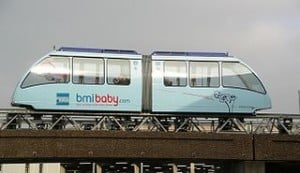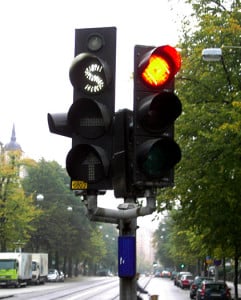How good or bad is the air where you live? How well does your city fare in an air-quality context? Is the air that you breathe healthy? Like in America, in Europe organizations are keeping tabs – and score. In the latter case, one organization doing just that is SootFree for the Climate.

At SootFree for the Climate, it does what is called “the Sootfree Cities ranking,” so noted EurActiv correspondent James Crisp in “Luxembourg and Lisbon prop up air pollution list.”
Select cities are ranked and rated on more than their soot content or concentration alone. Pollutants checked for besides particulate matter (PM), are nitrogen dioxide (NO2) and ozone (O3).
Zurich, Switzerland tops the list earning an overall B+ (89%) rating with Copenhagen, Denmark coming in a close second with a rating overall of B (87%). What is interesting is that Zurich has an urban population of 400,000, the identical number of Europeans that die prematurely from the effects of air pollution each year.
Sitting at the bottom of the list are Lisbon, Portugal and Luxembourg, Luxembourg, ranked 22 and 23, respectively. Each received “F” ratings; Lisbon’s 56% and Luxembourg’s 53%.
“There are 400,000 premature deaths in the EU [European Union] every year because of air pollution, which kills ten times more people than road accidents,” Crisp offered. “Swiss air quality standards are far stricter then [sic] those in the EU.”
Much can be done to improve air quality in European cities. Several European metros have instituted restrictions on the number of vehicles permitted inside city limits, Zurich and Copenhagen, two where there are now substantially fewer cars than previously, according to Crisp. In other instances, severely scaling back use in metro regions of construction equipment and/or keeping gross-polluting motor vehicles off city streets has gone far and done much to help improve the quality of the air in some municipalities.
![Bike-diamond-lane[1]](https://alankandel.scienceblog.com/files/2013/08/Bike-diamond-lane1.jpg)
Other programs including congestion pricing, placing greater emphasis on active transport alternatives such as walking and biking or on public transportation use, can all prove helpful when employed.
Beyond cities’ control, on the other hand, is that pollution that drifts in from elsewhere.

“The limits, part of the National Emissions Ceiling Directive, are currently being discussed by policymakers,” Crisp submits. “Members of the European Parliament will debate the limits ahead of a vote in mid-July.
“Other legislation should reflect the emissions of road vehicles under real driving conditions and introduce strict norms that limit emissions from construction machinery, according to the NGOs [non-governmental organizations],” the EurActiv correspondent continued.
Any and all of which has implications for cities in the Americas, Asia and in other parts of the world.
Bottom image: Johan Olsson
Published by Alan Kandel
It bothers me so much that plans of improvement are only ever implemented once it becomes a story on social media, or “important” people start wearing face masks. There is clearly a problem that needs to be addressed, as mentioned above “… air pollution, which kills ten times more people than road accidents…”. That is a terrifying statistic. I commend countries who are opting for the bicycle as an alternative means of transport, and for municipalities that advocate such practice by altering infrastructure like bicycle lanes, and bicycle lights on traffic lights. Does anyone see such green initiatives hitting African roads? Very nice read, Alan.